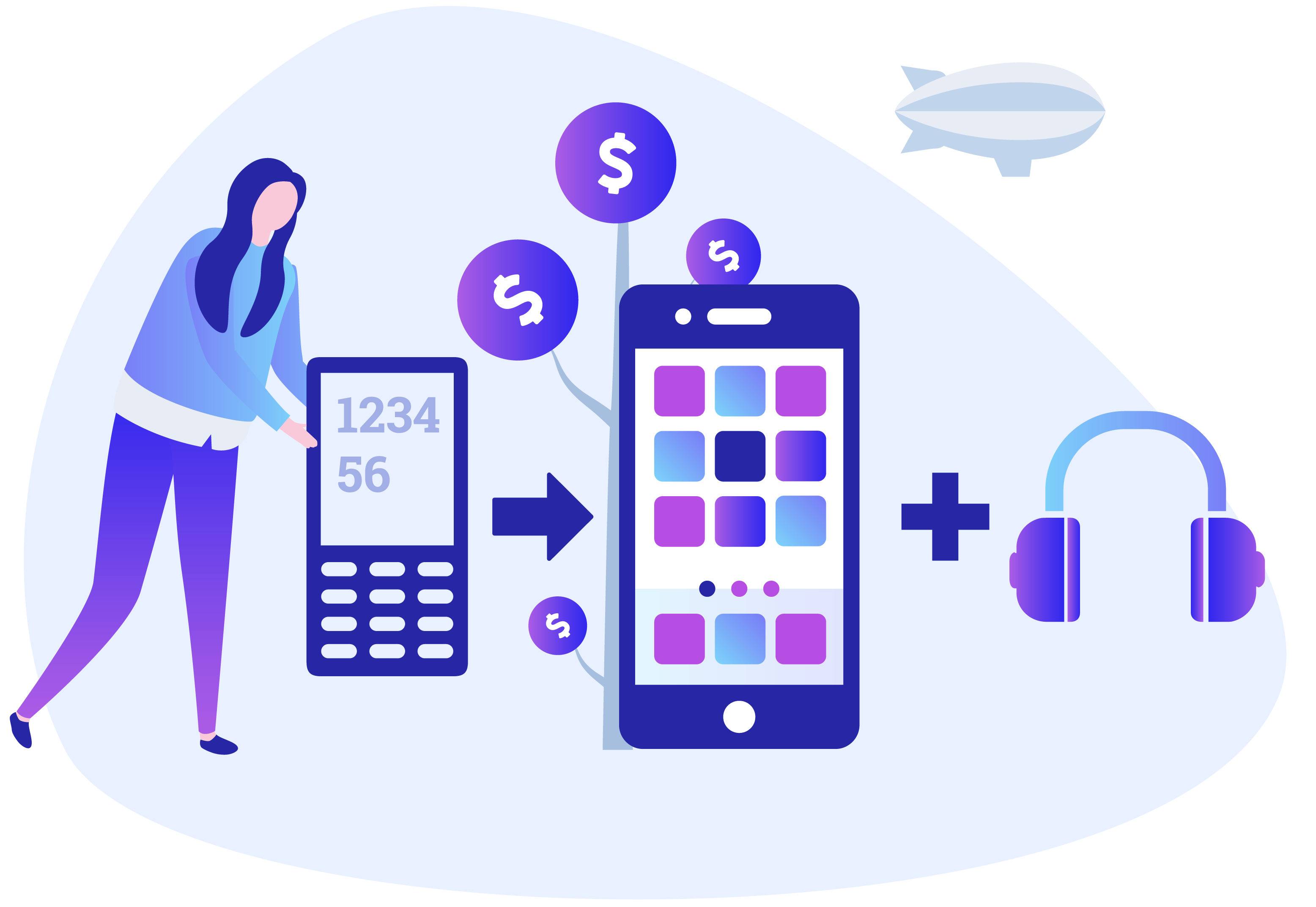4 Scarcity Marketing Tactics to Convince and Influence
Persuasion in eCommerce is often accomplished by making something appear scarce, finite and hard to obtain. When businesses practice techniques of attracting their audience, they first need to persuade them into thinking a particular choice is more appealing and motivating for them than the rest.
In order to convince your target audience to choose your brand, you need to exercise certain scarcity techniques that convey some kind of shortage to your customers. This can be a shortage of resources, time, exclusivity, etc. that influences your audience to buy from you because they might miss their chance. People are generally more likely to buy something if they think about it as avoiding a certain loss. If you can position your product or option in terms of avoiding a loss, then you’re effectively making the most out of scarcity techniques.
How do you use scarcity techniques to convince and influence?
There are four main ways scarcity can be used:
In Short Supply
This occurs when the item/option is made to seem scarce by describing it as “short in supply”. A low supply can range from it being a sale item to only having a limited amount left (i.e. only 10 left in stock). The vaguer you are about your supplies, the better. Keep language to a minimum so as to not reduce the impact of the approach; using copy like “while supplies last”.
For a Limited Time
This tactic involves labelling an item as scarce by describing it as “only available for a short time”; for instance, weekend sales events, holiday sales events, etc. The general fear of missing out on exclusive deals or offers also comes into play here, urging people to “act now before it’s too late”. However, be careful how you use this tactic as you don’t want to seem like you’re putting arbitrary deadlines on items and misleading your customers.
High Demand
If an item is perceived to be in high demand it can easily trigger an individual with the threat of loss. To evoke scarcity, you can promote that item as your “most popular” or “bestseller” indicating that it is also in high demand. You can also include a counter on individual items, letting customers know “there’s only 2 left”, or “over 100,000 sold”.
Unique Opportunity
Positioning an option as unique or special can also make it seem scarce. Approaches like VIP access or preferred memberships can also be included under this approach. If you claim a unique opportunity or item is reserved for a specific individual, it can increase demand and interest in your product, persuading more people to buy it.
How do scarcity techniques benefit marketing efforts?
Here are a few key ways scarcity can be used to market to your customers:
- Purchase countdowns
- Sale price countdowns
- Next-day shipping countdowns
- Seasonal offers
- Low stock notices
- Limited production
- Highlight customer behaviour
- Showcase popularity and demand with figures
- Leverage real-time activity
Scarcity techniques aren’t a quick-fix for sales
To execute proper scarcity marketing, your product already needs to be in demand and desirable. Scarcity techniques won’t rectify lagging sales, they will only boost sales that would have happened by making your customers act now rather than later. When you inform your customers of how much time they have left to make a decision, or that their item of choice is near selling out, it adds urgency and necessity.
However, understanding your audience is key. You need to keep in mind what items will sell with your specific audience and what you should make ‘scarce’ while considering the message you want to show your customers. If overused, scarcity techniques can work against you by desensitising the customer.


